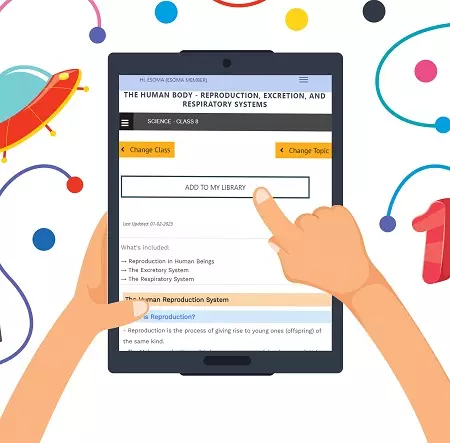Question
What is the name given to the method of charging an electroscope where it requires an opposite charge to the one of the charging materials?
Answer
By Induction
In charging by induction, you bring a charged object (with a charge opposite to that of the electroscope) close to the electroscope without making direct contact. This causes the charges in the electroscope to redistribute, with electrons either moving towards or away from the leaves of the electroscope, depending on the charge of the nearby object.
If the charged object is negatively charged, electrons in the electroscope will move away from it, leaving a net positive charge on the leaves. If the charged object is positively charged, electrons from the object will be attracted to the leaves, leaving a net negative charge. In both cases, the electroscope ends up with a charge opposite to that of the charging object.
Charging by induction is a common method used to demonstrate the principles of electrostatics and is often employed in experiments involving electroscopes.
In charging by induction, you bring a charged object (with a charge opposite to that of the electroscope) close to the electroscope without making direct contact. This causes the charges in the electroscope to redistribute, with electrons either moving towards or away from the leaves of the electroscope, depending on the charge of the nearby object.
If the charged object is negatively charged, electrons in the electroscope will move away from it, leaving a net positive charge on the leaves. If the charged object is positively charged, electrons from the object will be attracted to the leaves, leaving a net negative charge. In both cases, the electroscope ends up with a charge opposite to that of the charging object.
Charging by induction is a common method used to demonstrate the principles of electrostatics and is often employed in experiments involving electroscopes.

